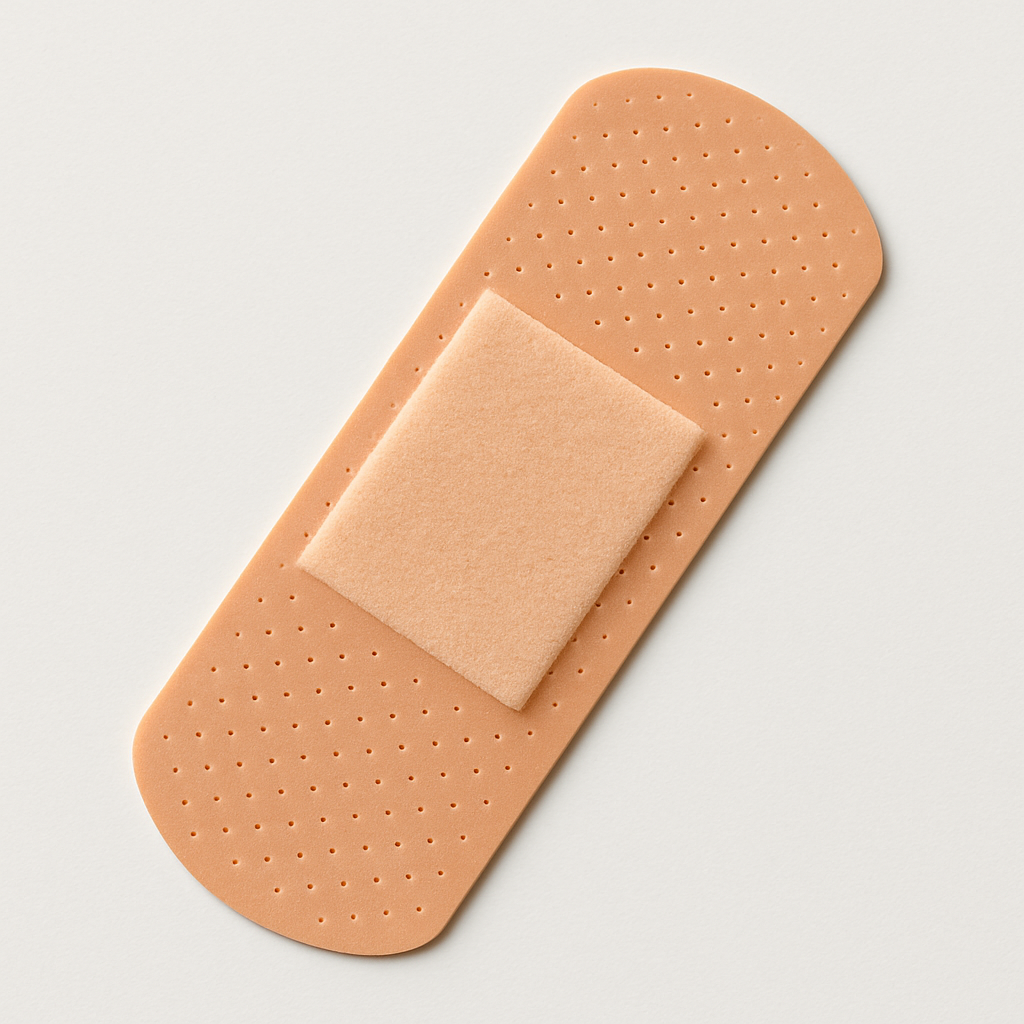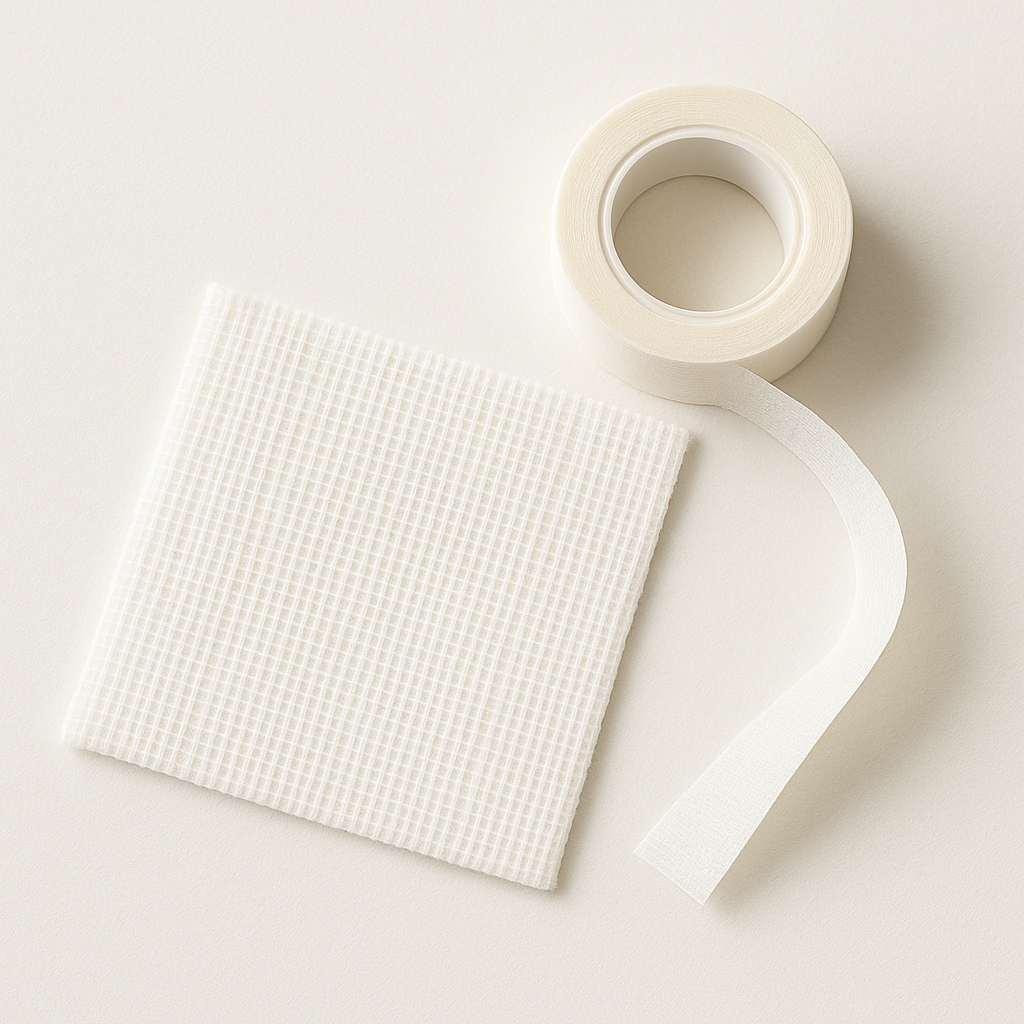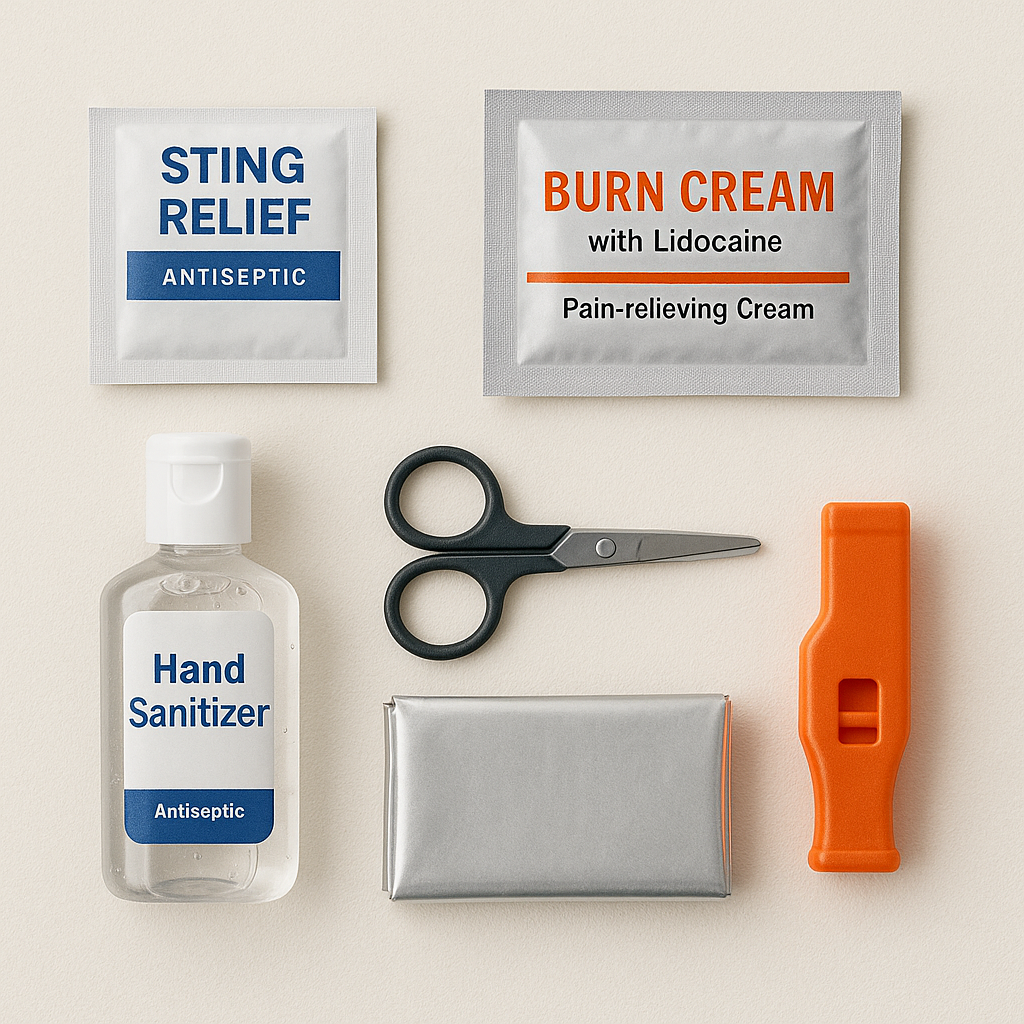First Aid Essentials to Bring on a Hike
Hiking offers fresh air, scenic views, and a healthy escape from the daily grind—but even a short hike can bring unexpected injuries. A well-stocked first aid kit is one of the most important items you can carry on the trail. Whether you're hiking alone, with kids, or in a group, being prepared helps you stay safe and confident in the outdoors.
Here’s a list of first aid essentials every hiker should bring—and why each one matters.
First Aid Essentials for Hikes
1. Adhesive Bandages (Assorted Sizes)
For cuts, scrapes, and blisters—especially common around ankles and heels. Bring a variety of sizes so you're prepared for everything from small nicks to bigger scrapes.
2. Blister Treatment
Moleskin or blister pads can prevent a hot spot from becoming a painful blister. Don’t wait until it hurts—treat early.
3. Antiseptic Wipes or Alcohol Pads
Cleaning a wound before covering it helps prevent infection. Individually wrapped wipes are lightweight and easy to use.
4. Tweezers
Useful for removing splinters, ticks, or debris from a cut. Look for stainless steel tweezers with a fine point.
5. Gauze Pads & Medical Tape
For larger wounds or abrasions. Gauze lets you clean and cover a wound, while tape holds everything in place.
6. Antibiotic Ointment
Apply a thin layer before bandaging to prevent infection and promote healing. Single-use packets are compact and convenient.
7. Pain Relievers
Bring a few tablets of ibuprofen, acetaminophen, or aspirin for headaches, muscle pain, or minor injuries.
8. Allergy Medication (Antihistamines)
Even if you don’t usually suffer from allergies, an unexpected sting or plant reaction can happen. Benadryl or a generic antihistamine can help reduce swelling and itching.
9. Elastic Bandage (ACE Wrap)
For supporting a twisted ankle or wrapping a swollen joint. These can also be used to hold a cold pack in place.
10. Medical Gloves
Latex or nitrile gloves help you stay sanitary when treating others—especially for blood or open wounds.
11. Emergency Contact Card
Include your name, allergies, emergency contact info, and any medical conditions. Keep it in your first aid kit or in your backpack’s top pocket.
12. CPR Shield or Breathing Barrier (Optional but Smart)
If you’re trained in CPR, a compact mask or breathing barrier adds a layer of protection during emergency aid.
Bonus First Aid Essentials
Bug bite relief (sting wipes or creams)
Burn cream or aloe packets
Small scissors or trauma shears
Hand sanitizer
Emergency blanket (doubles as shelter)
Whistle (for signaling help)
How to Pack Your Hiking First Aid Kit
Use a waterproof zip pouch or a lightweight container. Label it clearly and place it in an easy-to-access part of your backpack. If you hike often, check the kit regularly to replace used or expired items.
Don’t Just Pack It—Learn How to Use It
Having the right gear is only half the battle. Consider taking a basic wilderness first aid course to learn how to treat common hiking injuries and make good decisions in remote situations.
Final Thoughts
A hiking first aid kit doesn’t need to be bulky—it just needs to be smart. By carrying a few essential supplies, you’re better prepared for whatever nature throws your way. Safe hiking!




